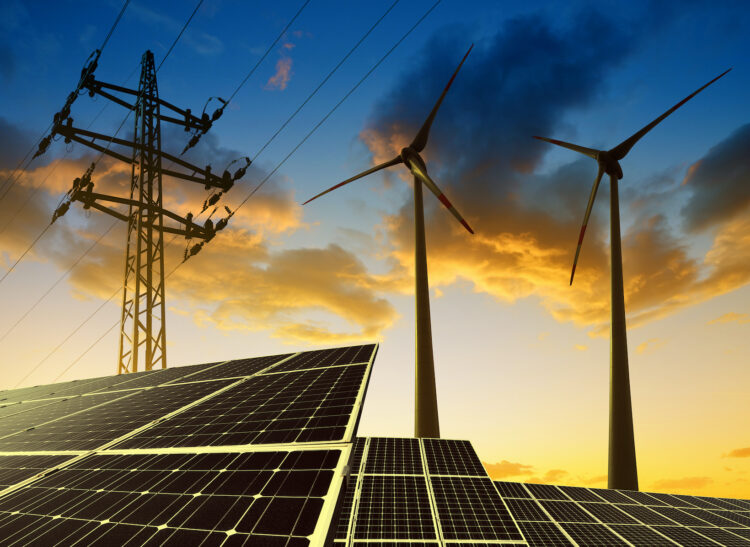The Prime Minister (PM) had issued Official Letter no. 182/LDCP (“OL182”) on 10th June 2022 for his guidance on the approval of PDP8.
Context:
The Ministry of Industry and Trade (MOIT) has developed a plan to submit to the Prime Minister under two scenarios including the basic scenario and the high scenario (towards Zero Carbon 2050). This structure aims to drastically reduce coal power, sharply increase onshore and offshore wind power; No solar power development: Developing LNG to replace polluted coal power and hydroelectric power sources meeting due.
The Prime Minister basically agreed to bring the contents of the Power Development Plan VIII to the meeting of the Permanent Government as soon as possible so that this plan is to be released soon in June. However, before the meeting of the Permanent Government, Prime Minister Pham Minh Chinh asked Deputy Prime Minister Le Van Thanh to direct the Ministry of Industry and Trade to clarify the following key concerns:
- Feasibility of PDP8: MOIT to clarify whether the latest draft PDP8 proposal sync with the electricity generation and demand parameters.
MOIT is requested to clarify the feasibility of the planning, the most important of which from now to 2030 must ensure the balance of electricity for electricity demand, resolutely not to let electricity shortage happen.
- Solar Power development: MOIT to substantiate with clear basis on its opinion in relation to capacities and delaying solar power generation sources development to 2030, and its alignment with the Resolution 55-NQ/TW of the Politburo (“Resolution 55”).
According to the draft Power Development Plan VIII, in 10 years (2021 – 2030) there will be no further development of solar power, keeping the current 8,736MW. The remaining number of projects already in the revised Power Development Plan VII, with a total capacity of 6,200MW, the progress will be extended until after 2030.
However, at the end of May 2022, the Ministry of Industry and Trade issued a written request for comments on the direction of treatment with the number of solar power projects that must be extended until after 2030. Accordingly, the number of these projects is divided into two parts: 1,925MW already included in the expanded Power Development Plan VII has been approved for investment and 4,120MW of solar power projects is included in the expanded Power Development Plan VII but has not been approved for investment.
This request is different from previous reports of the Ministry of Industry and Trade, so the Prime Minister asked this ministry to have a clear position on the proposed treatment direction of 6,200MW of the above solar power projects before consulting the Government and the Prime Minister.
On the other hand, the Prime Minister also asked the Ministry of Industry and Trade to clarify whether the non-development of solar power until 2030 is contrary to Resolution 55 of the Politburo and to the trend of falling solar power price, the development of integrated battery technology at a more reasonable cost, so the non-development of solar power really makes sense?
- LNG import: MOIT to clarify its explanations and calculations for LNG fuel import to align with the goal in the Resolution 55. Also, ongoing war scenario in different parts of the world may affect LNG fuel import and electricity pricing, making it volatile. MoIT to clarify on the plan to tackle such aspects for LNG power sources development.
MOIT is required to carefully consider the feasibility and effectiveness of LNG power development to 2030. Currently, the draft Power Development Plan VIII proposes the plan to develop this type of energy by 2030 is 23,900MW, accounting for 16.4% of the total power source.
According to calculations of the Ministry of Industry and Trade, the need to import LNG as drafted Power Development Plan VIII will be about 14-18 billion m3 by 2030 and about 13-16 billion by 2045, higher than the specific target in Resolution 55 of the Politburo stated that “Enough capacity to import LNG of about 8 billion m3 by 2030 and about 15 billion m3 by 2045.”
On the other hand, due to the Russo-Ukrainian war, the price of imported LNG inputs ranges from 15-20 cents/kilowatt, while our commercial electricity price is currently only 6-7 cents/kilowatt is a future obstacle to the signing of Power Purchase Agreements between the investor and Electricity Vietnam Group (EVN) because it will be buying expensive – selling cheap.
Besides, the dependence of up to 16.4% on imported LNG by 2030 will put us at risk of importing high gas prices when there is any volatility of regional and international geopolitics between now and 2030.
In addition, LNG is still fossil energy by nature, only CO2 deflation by 50% compared to coal-fired power. And according to the trend of the 26th United Nations Climate Change Conference (COP26), the financial institutions after 2025 will tend to stop funding for LNG power projects.
Therefore, the Government leaders request the Ministry of Industry and Trade to consider and carefully deliberate the proportion of imported LNG electricity of 16.4%.
Please do not hesitate to contact Dr. Oliver Massmann under [email protected] you have any questions or want to know more details on the above. Dr. Oliver Massmann is the General Director of Duane Morris Vietnam LLC.



